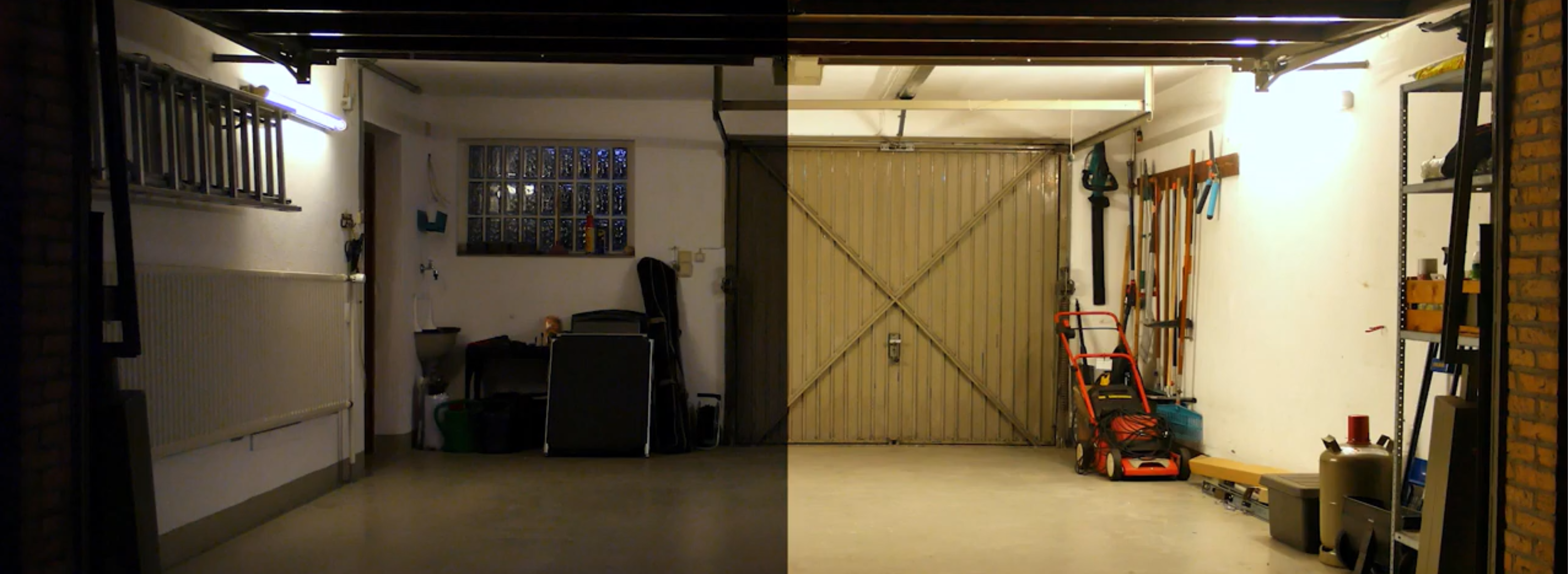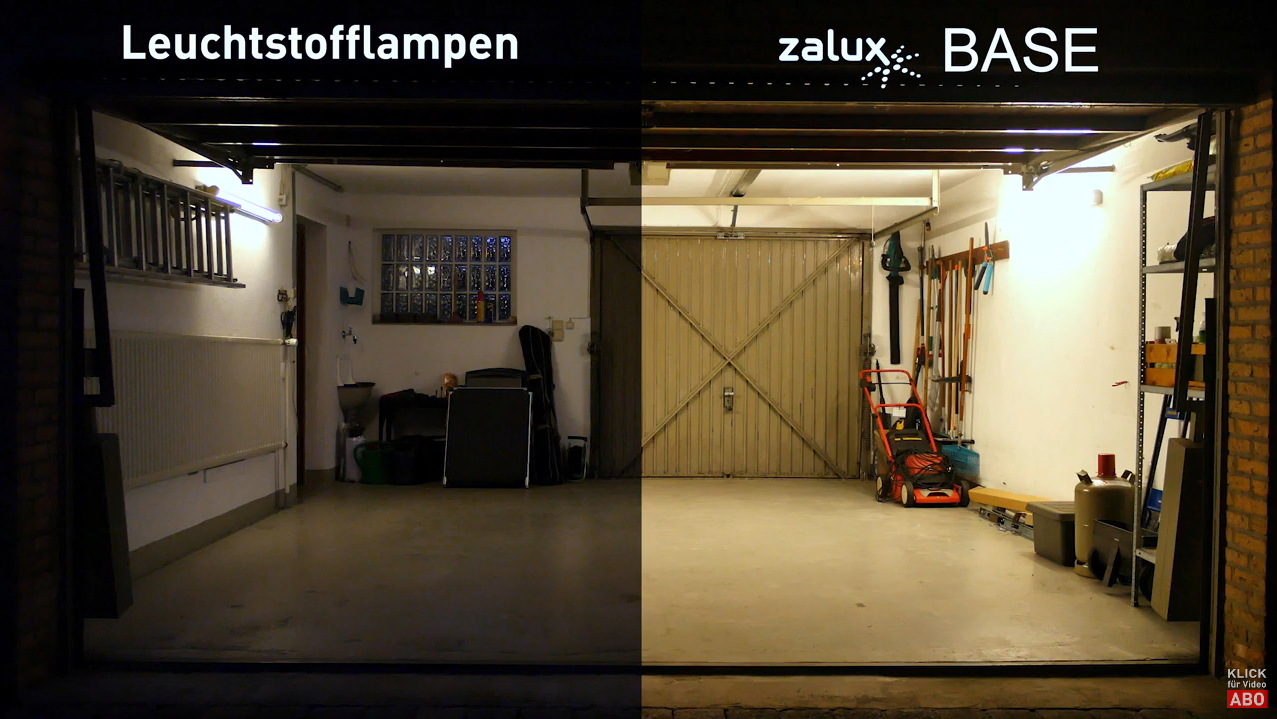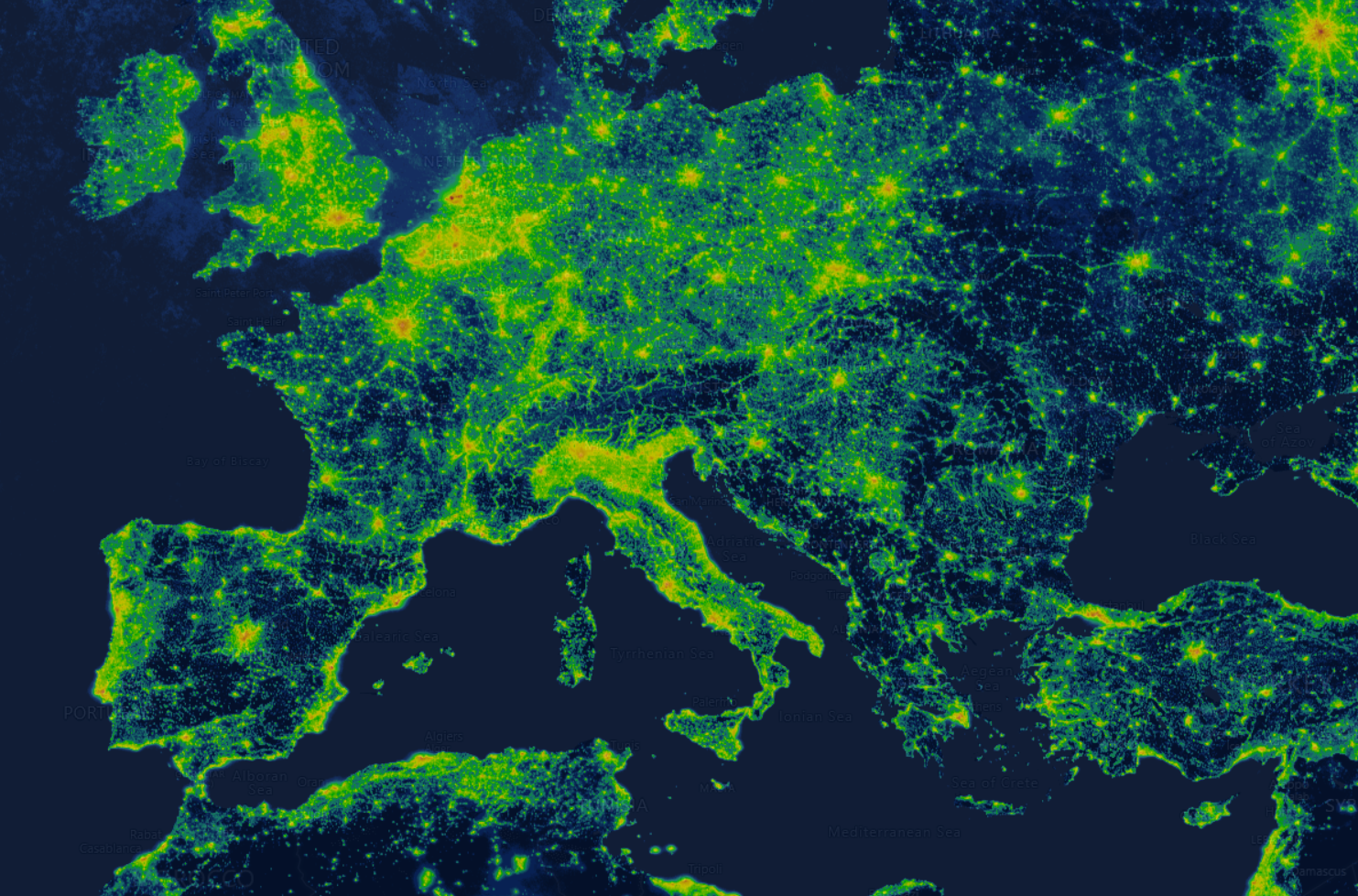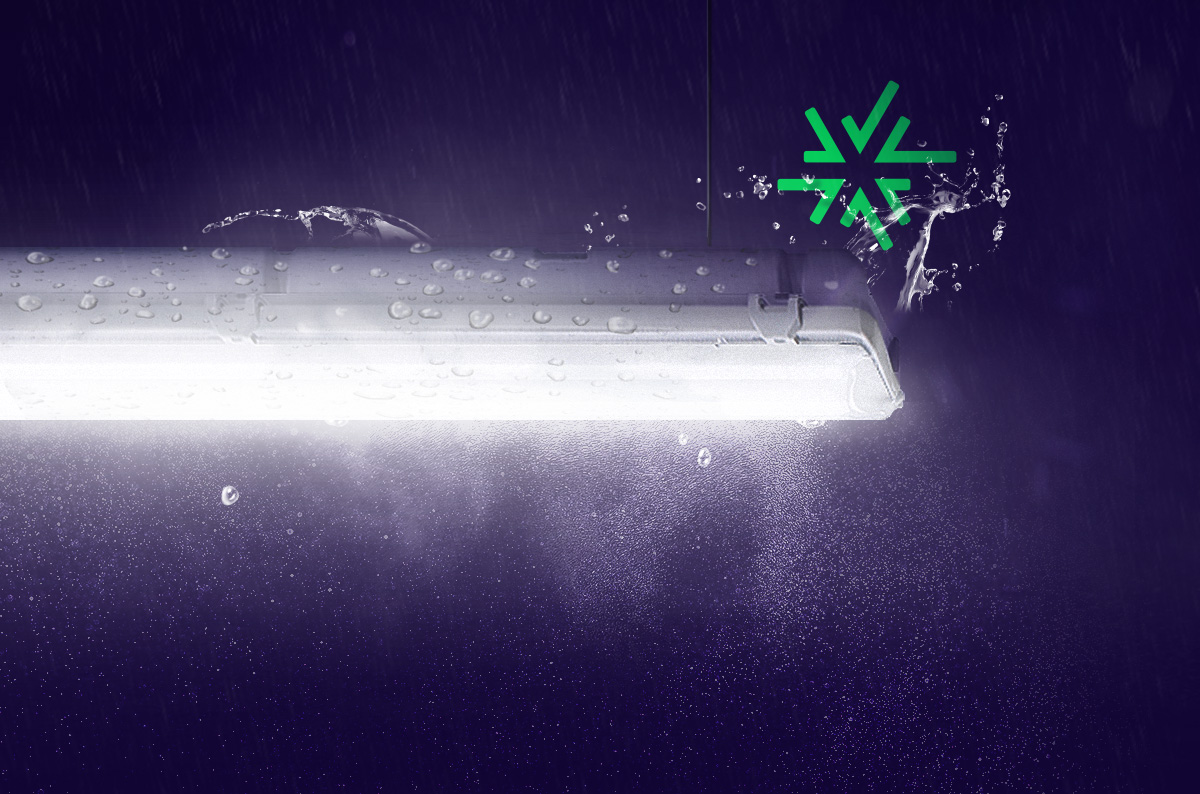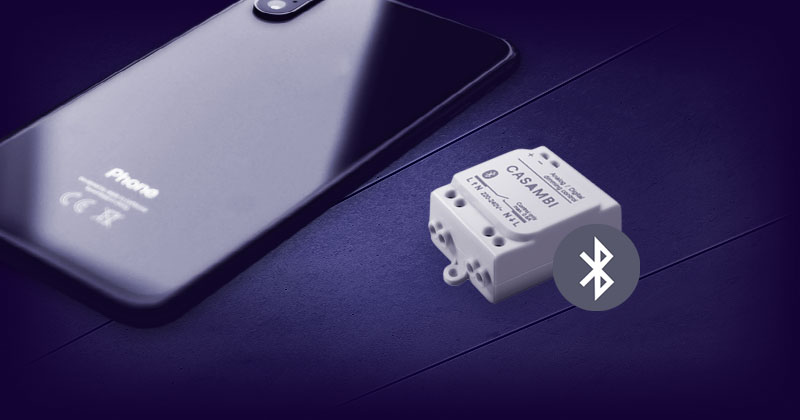Your new favorite place
Create safety and ambience
with new garage lighting
Lighting requirements
Your garage lighting should meet these requirements indoors should meet
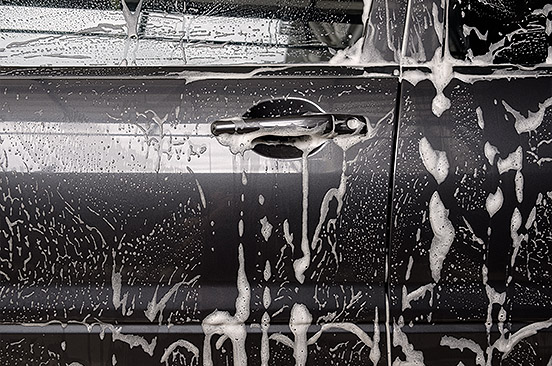


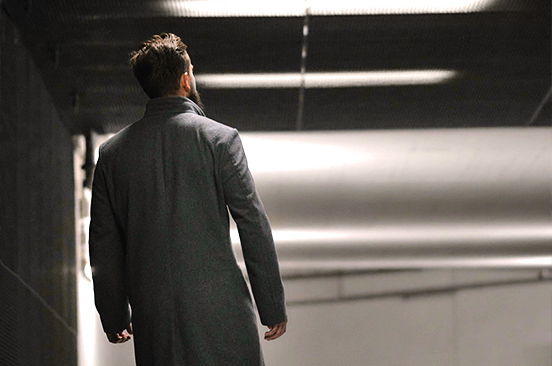
Make your garden
efficient and safe.
First and foremost, garages serve as a place to store cars. But other things also find space here. To keep an overview, bright lighting is important. And the driveway and paths around your garage should also be well lit. This reduces the risk of accidents. We help you with that!
|
|
|---|---|
|
|
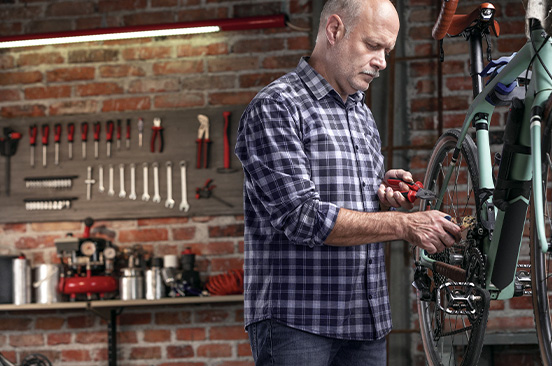
You are not sure which lights are suitable for your garden or which components are robust enough?
We help you!
- free advice
- help with questions and problems
- product recommendations
Contact form
More Information
Lighting Requirements
Your garage lighting should meet these
requirements
outdoors
Protection against dust and moisture
Wind and weather should not harm LED lighting. Sufficient protection against rain, snow and humidity must be provided. The higher the value, the better. The IP protection class should not be underestimated. Even if luminaires with a lower IP rating still work initially: due to the change in temperature (solar radiation versus nighttime cooling, but also heating due to operation versus cooling due to switching off), air and thus humidity is drawn into the interior. When the luminaire heats up, it "breathes out"; when it cools down, it "breathes in" the air and humidity. Humidity and dust will damage the electronics/LEDs.
Protection from weathering & UV
Although many luminaires offer the necessary IP protection, they are moisture-proof luminaires. Sunlight contains a UV component that causes many plastics and also seals to become brittle within a very short time. The luminaire should be explicitly approved for free weathering, i.e. outdoor luminaires.
Luminous intensity/luminous flux
At least 5000 lumens for areas 8x8 feet. In many garage areas, backyards, parking lots, a lot of light is needed but little other ambient light is available. Luminous flux is measured in lumens (lm). The higher the value, the higher the luminous intensity. For classification: 100W incandescent lamp = 1000 lumens, 500W halogen spotlight=10,000 lumens. And: the more light, the lower the risk of accidents and the greater the "burglar defense". According to the recommendation of the police, the best burglary protection is glaring bright light that is switched on unexpectedly (motion detector).
Passive infrared sensor
Absolutely for most requirements. A motion sensor will immensely reduce the amount of time on, and therefore the amount of power consumed. Just be sure to use a passive infrared sensor. A high-frequency motion detector would report every falling leaf. Of course, a motion detector is also a deterrent(s) against burglars.


